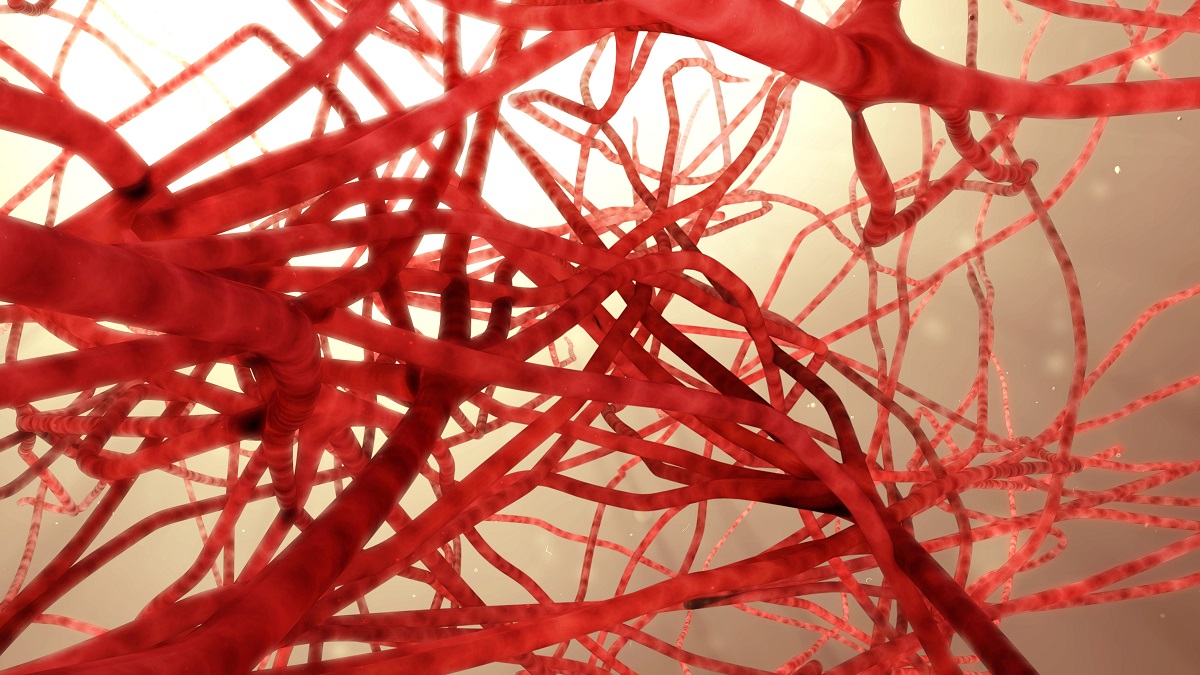KEY TAKEAWAYS
- The phase 1b ongoing trial aimed to assess the safety and efficacy of ELA026 in pts with sHLH.
- The results showed the promising tolerability and efficacy of ELA026 in sHLH, further investigation in mHLH is recommended.
Secondary hemophagocytic lymphohistiocytosis (sHLH) is a life-threatening hyperinflammatory condition driven by unchecked activation and proliferation of NK/T cells and macrophages. Malignancy-associated HLH (mHLH) has the highest mortality rate among sHLH subtypes, with about 50% mortality at 2 months.
Current cytotoxic chemotherapy failed to adequately improve outcomes in mHLH cases. ELA026, a novel monoclonal antibody targeting signal regulatory protein (SIRP)-a/b1/g, is being clinically investigated for its potential in treating sHLH.
This approach aimed to directly target pathogenic SIRP(+) myeloid cells and T lymphocytes, presenting a promising strategy for managing this severe inflammatory disorder.
Abhishek Maiti and the team desiged a SIRP(+) targeted immunotherapy and were determined to assess the efficacy and safety of ELA026 in pts sHLH.
Researchers included adult and pediatric patients (pts) with newly diagnosed or previously treated sHLH, all pts provided informed consent. Cohort 1 (N=6) utilized intra-patient dose escalation of ELA026 (0.1 to 3 mg/kg IV) based on ferritin or monocyte response without dose-limiting toxicity (DLTs).
Cohort 2 (N=6) was tested for a fixed regimen: a priming phase (0.1 mg/kg Day 1, 0.3 mg/kg Days 2-4) followed by a 1 mg/kg weekly maintenance phase whereas Cohort 3 (N=5, ongoing) assessed a fixed regimen with the same priming phase, followed by a 0.5 mg/kg twice weekly maintenance phase, with treatment lasting up to 12 weeks.
All pts were evaluated for response using modified HLH-2004 criteria and survival outcomes were calculated from the time of HLH diagnosis for treatment-naïve pts and they received background therapy with dexamethasone in addition to cancer-directed therapies as required for pts with malignancy-associated HLH (mHLH).
Results revealed that cohorts 1 and 2, including total 12 pts, completed enrollment with a promising response seen by Week 4 in 75% (9 of 12) of cases, including 1 modified complete response (mCR) and 8 partial responses (PR); 3 pts were not evaluable. Median survival for treatment-naïve pts was approximately 5 months, contrasting starkly with less than 1 month for those with relapsed/refractory disease. Consequently, Cohort 3 focused on enrolling treatment-naïve pts.
As of April 17, 2024, Cohort 3 included 5 pts (median age: 32 years, range: 20 to 78), predominantly with malignancy-triggered HLH (mHLH, n=4) and acute EBV infection (n=1). Across all cohorts, 8 treatment-naïve pts with mHLH were identified, encompassing diagnoses such as NK/T-cell lymphoma/leukemia, T-cell ALL, Hodgkin lymphoma, and DLBCL.
This subgroup demonstrated a 100% response rate by Week 4, with 1 mCR and 7 PRs, and a 100% survival rate at 2 months (7/7 pts; one patient was alive and had not reached the 2-month mark on study).
Median survival has not been reached, with a median follow-up of 109 days (range: 56 to 387). Biomarker responses (ferritin, sCD25, and C-reactive protein) correlated closely with clinical outcomes.
Expected treatment-related infusion reactions (~20%) and cytopenias (~30%) were generally manageable through supportive care and dose adjustments. Infection risks were anticipated and mitigated with growth factor support and antimicrobial prophylaxis per institutional protocols.
The preliminary data well demonstrated the tolerability of ELA026 in pts with sHLH, yielding a high response rate and improved 2-month survival in treatment-naïve pts with mHLH. The ongoing study aimed to further assess efficacy in this therapy-naïve population lacking effective treatments.
The trial was sponsored by Electra Therapeutics Inc.
Source: https://library.ehaweb.org/eha/2024/eha2024-congress/4136517
Clinical Trial: https://www.clinicaltrials.gov/study/NCT05416307
Maiti A, Daver N, Johnson W, et al. (2024). “ELA026 targeting of SIRP(+) immune cells results in a high response rate and improved 2-month survival of treatment-naive malignancy-associated hemophagocytic lymphohistiocytosis in a phase 1 study.” Presented at EHA 2024. (abstr 4136517; LB3442), https://library.ehaweb.org/eha/2024/eha2024-congress/4136517



